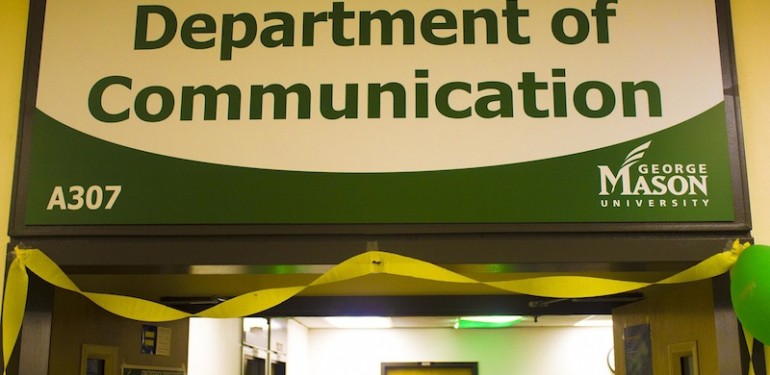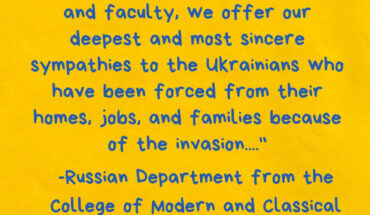The Department of Communication at George Mason University has finalized years of changes requiring fewer theory classes for a communications degree.
The changes are an effort to teach more practical courses geared toward specific concentrations to prepare students for the real world.
“People are still getting the same strong foundation but now we’re making people more ready to actually move from the classroom into a job,” said Dr. Wright, the director of undergraduate academic advising in the department.
Everyone must take the original six credits of communications electives, but now two theory classes have been dropped and more practical classes have been added. Three credits have also been added to the program overall.
“I think the changes are good because, even though it may be more work with the extra three credits, it gets you to focus on whatever it is you’re trying to study and it will get you more experienced in your field,” said Jenna Doak, a freshman communications major with a public relations concentration.
Wright believes that these changes do not mean that anyone who came in before 2014 is not getting a solid education.
“We still feel very strongly that everything that is available to all students is still a great foundation,” Wright said. “It’s just that we decided to change things up a bit.”
Before the finalization of these changes and rearrangements, incremental modifications have been being made over the past four years insuring that anybody who is currently at Mason as a communications major has been receiving a concrete education in their concentration and major as a whole.
“Being an upperclassman now and looking back to what I had to go through, I somewhat wish we had the same process,” said Erica Ty, a junior communications major also with a public relations concentration.
Ty sees how theory courses can be beneficial, but believes that the new change is a good decision.
“I do see how theory classes are important,” Ty said. “They teach an abstract way of seeing how human beings communicate and interact with one another. In a real world setting, no one is going to ask me what the symbolic interaction theory is.”
Featured Photo Credit: Claire Cecil




